Two major economic data were released yesterday as foreign trade data was delayed by one day.
In July, consumer inflation rose to 2.37 percent monthly and 79.60 percent annually. Annual inflation increased by 1 percentage point. Both the annual and monthly figures are the highest during the inflation series introduced in 2003.
➔As can be seen from the adjacent tables, the previous monthly high was 1.80 percent in the previous year and 18.95 percent annually. Good Consumer inflation was at its highest since 2003.
Producer prices, on the other hand, were significantly higher than consumer prices. Producer prices, which rose 5.17 percent in July, are the second-highest July figure in history. But the date here goes back to 1982 and the highest data was announced in July 1997 at 5.3 percent.
➔ The increase in annual producer prices is 114.61 percent, which is the record from July. Since 1982 there has been no such number.
➔If we look at other months There are 4 months after the figure of 144.61 percent that took place in the 1994 crisis. The highest producer price increase was in January 1995 with 156.8 percent. In this context Producer prices broke the record of the last 28 years.
DO ENERGY AND RENT EXPLAIN THE DIFFERENCE?
➔ The gap between producer and consumer prices is widening. The gap increased to 65.01 points. Producer inflation is 81.6 percent higher than consumer inflation. This has never happened in the past.
➔Government subsidies on energy prices are effective in creating such a difference. Rising price in the world Due to oil and natural gas prices, producer energy prices in Turkey increased by 350.64 percent annually.
➔According to the table prepared by Zafer Yükseler, this increase is due to the state contribution. reflected in consumer prices of 129.27 percent.
➔The real rent also plays an important role in the difference between producer and consumer prices. The annual increase in rents, which rose 4.24 percent in July, is 26.76 percent.
➔While the government limits the increase in existing rents to 25 percent per year from July, there is no limit to new rentals.
➔Certainly, if you consider that apartment prices are around 145.5 percent and high rates apply for re-letting 26.76 percent rent increase remains very low.
Various research by real estate and real estate companies show that re-letting has increased by between 150 and 200 percent.
➔ But still The difference between energy and rent is not enough to explain the 81 percent gap between consumer and producer inflation.
THREE MONTHS HIGHER JOURNEY
➔The global rise in food prices has slowed. This trend in food prices, which was slightly down after March, is expected to continue.
➔ Emerging markets in advanced economies Fears of a recession are also driving commodity prices down.
➔One of the determining factors for inflation in Turkey are commodity and especially energy prices.
➔Falling oil prices and a dip below $100 give hope in this regard. However, there is not the same drop in natural gas prices.
Exchange rate developments are also decisive in the course of inflation. If there is no significant appreciation in exchange rates in the coming period, the upward trend in inflation can be expected to continue for three more months and start to fall in November and December due to the base effect.
➔In this context We estimate that inflation will surge past 80 percent and end the year down to 70 percent without seeing the 90 percent figure.
The export is currently losing
➔The implementation of policies that maximize economic growth through monetary expansion, credit expansion, and fiscal expansion In addition to skyrocketing inflation, this also led to a rapid increase in the balance of payments deficit.
➔Even if the import is stagnant in quantity or in reality, the import bill increased by 40 percent due to the increase in raw material prices.
In fact, exports rose limited to $18.5 billion in July in the second data released yesterday from $16.3 billion last year. The ratio of exports to imports fell to 63.7 percent, the second-lowest level in the last 4.5 years.
➔While the 7-month export increase was 19.1%, it is notable that it slowed to 13.4% last month.
In addition to the slowdown in the growth of foreign markets, the restriction on lending to finance exports at home is also having an impact.
ENERGY BILLS $55.6 BILLION IN 7 MONTHS
➔Imports increased from $10.7 billion to $29.1 billion. While exports increased by 13.4 percent, imports grew by 40.8 percent.
➔The impact of the sharp increase in energy prices, especially oil and natural gas, has a strong impact on the increase in imports. In the 7-month period, energy imports, which were $22.7 billion last year, rose to $55.6 billion this year. The number topped last year’s $51.5 billion.
➔145 percent increase in 7 months The additional increase in energy imports this year is $32.9 billion.
➔Monthly trade deficit up 144.5 percent to $10.6 billion. This number represents the record with the month of May.
In the seven-month period of the year, exports rose 19.1 percent to $144.4 billion. Imports, on the other hand, rose 40.7 percent to $206.4 billion. The foreign trade deficit rose 143 percent to $62 billion.
ECONOMY SLOWS DOWN
➔There is a high probability of encountering more limited import and export in the last 5 months of the year. Our foreign exchange is scarce for imports, there is also stagnation caused by inflation, which curbs purchasing power, as well as the limitation of domestic credit.
➔The fall in electricity consumption followed the downward trend in credit in July. Electricity consumption in July decreased by 5.4 percent compared to the same month last year.
➔ the economic slowdown is becoming clear. This will be reflected in imports.
THE EXTERNAL DEFICIT IS TOWARDS 100 BILLION
➔In the last 7 months of the year, however, we have a foreign trade deficit of $8.8 billion for each month and we have already reached $62 billion. If we continue like this, the deficit at the end of the year will be $106 billion. That would also be a record.
➔It is possible that the deficit will decrease a bit more as the economy slows, but still There is a high probability that it will be around 100 billion. That means a current account deficit of more than $40 billion.
➔Both high inflation and a high balance of payments deficit are side effects of high growth. It is the government that makes the choice.
#Side #Effects #High #Growth
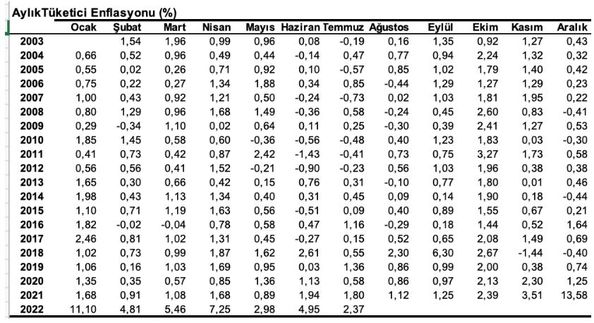
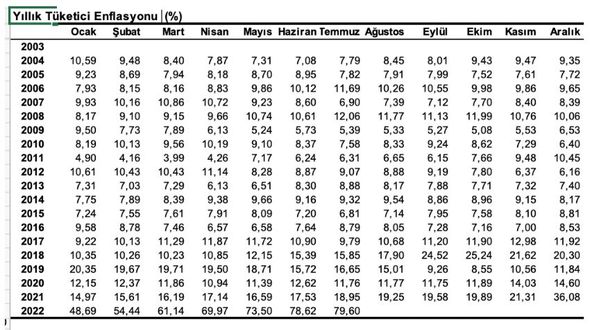
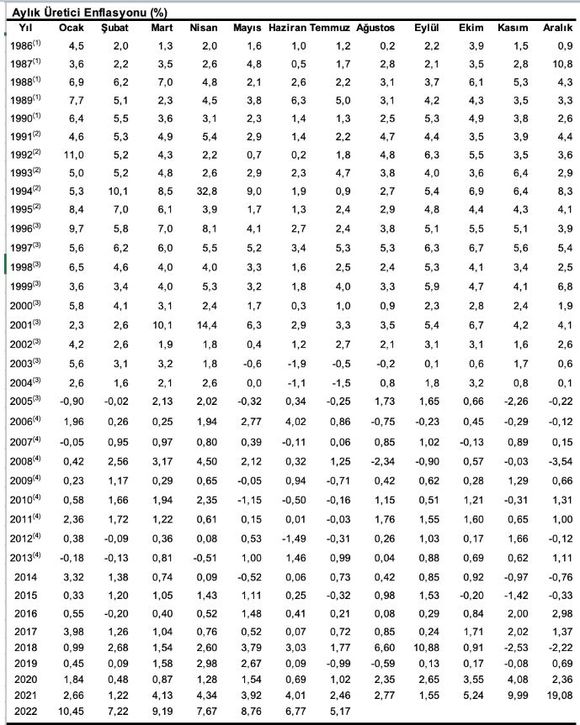
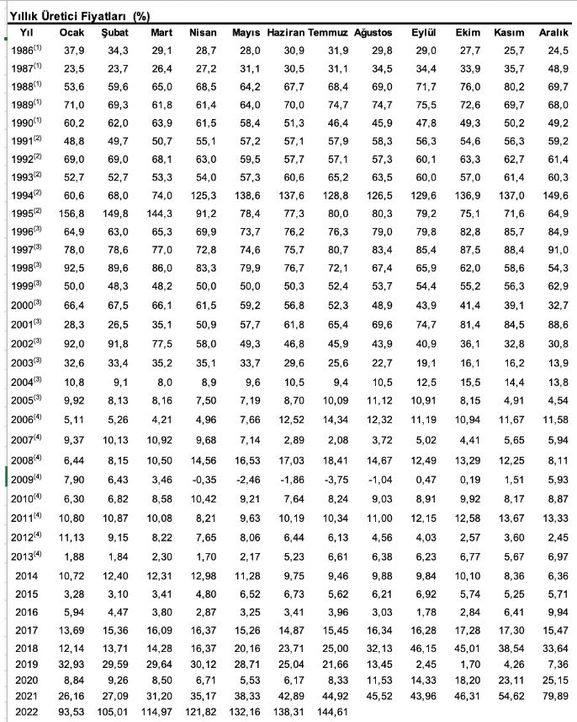
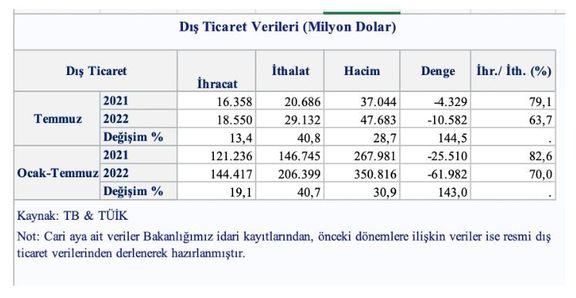
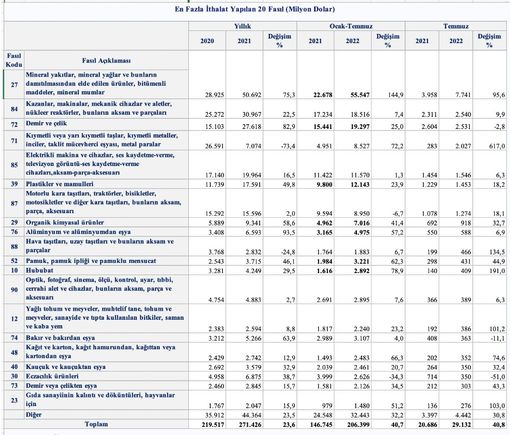

No comments:
Post a Comment